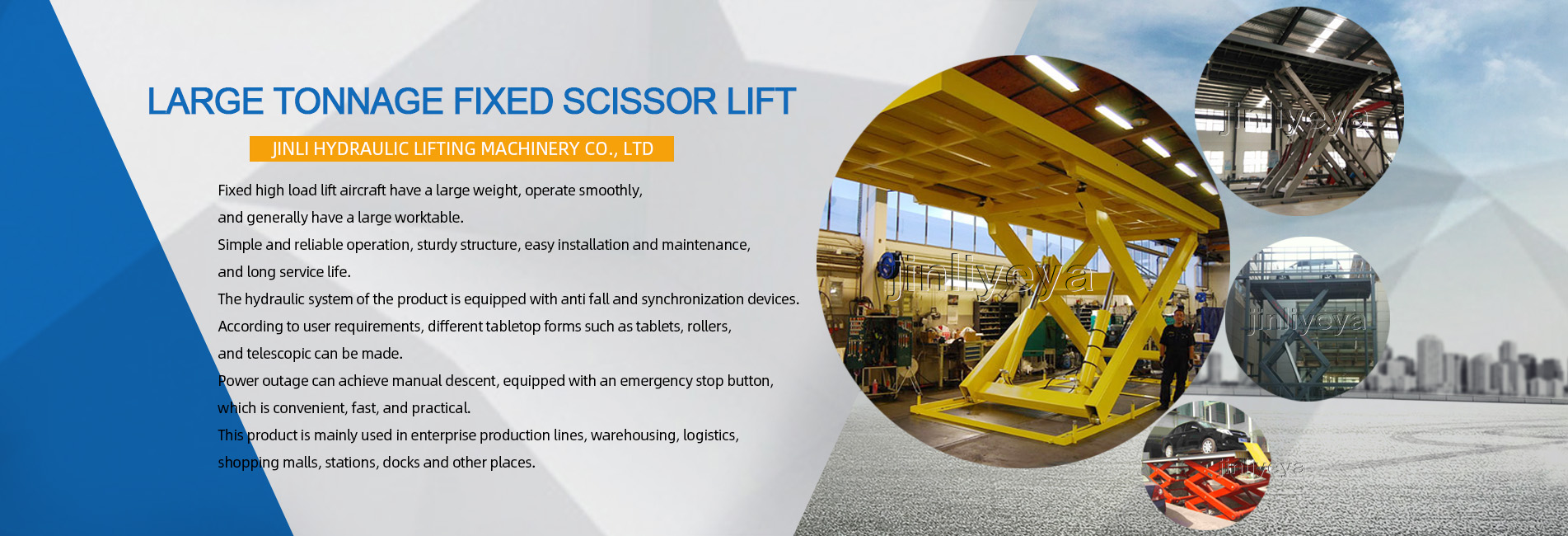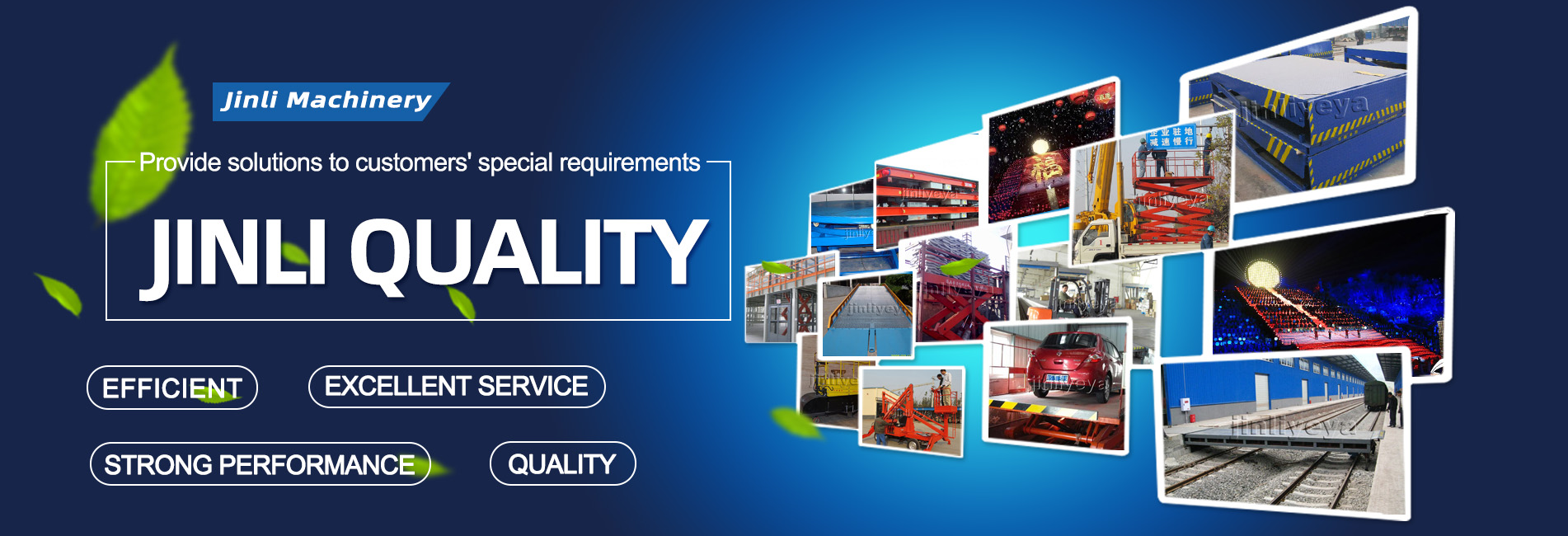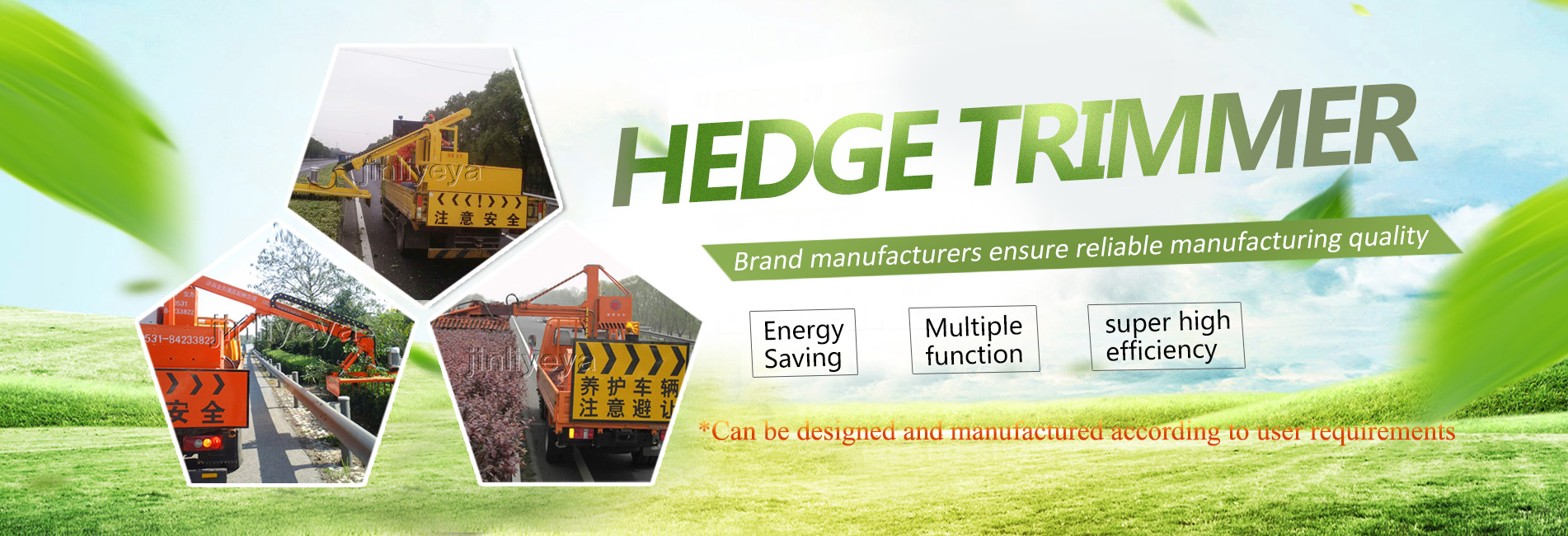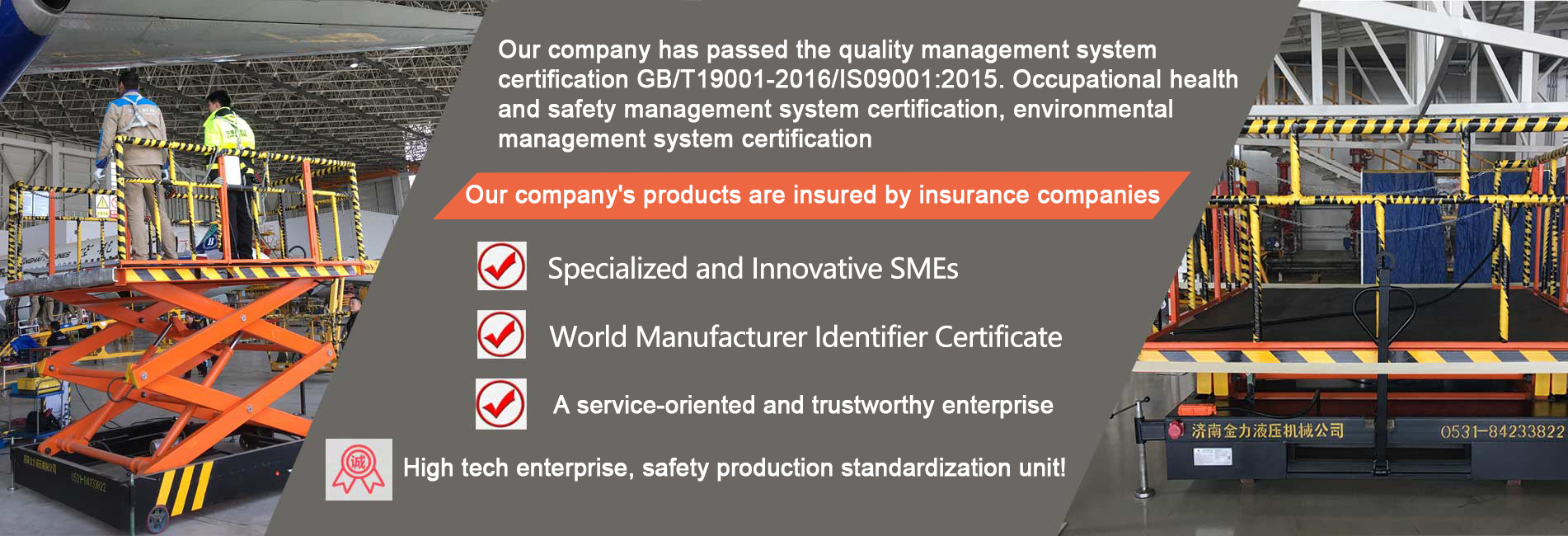& nbsp; Crawling is a common problem in simple lifting channels. As long as the high-speed stability of the actuator is maintained and the difference in dynamic and static friction coefficients is reduced, the creeping phenomenon can be reduced. When air is mixed into the oil, the actuator moves slowly and the response lags behind. The hydraulic system of the elevator is severely worn, the working pressure increases, and internal leakage increases significantly. When not loaded, the speed of the drive is normal. Once it is loaded, the speed immediately decreases.
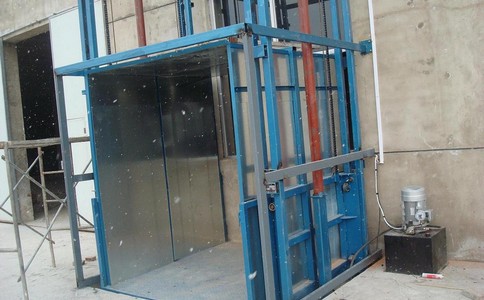
& nbsp; The movement direction of the guide rail and hydraulic cylinder is not parallel, or guiding the blank, smooth conditions, and resistance make it difficult and unstable for the hydraulic cylinder to move, improving the accuracy of the parts of the goods elevator, and strictly controlling the shape and scale of the parts.
& nbsp; The hydraulic system has low stiffness and is prone to creep when sensitive to changes in load. By avoiding air from being sucked into the hydraulic elevator system, the rigidity of the system can be improved, and then the high rigidity of the oil can be ensured, reducing internal leakage of the system and improving the rigidity of related organizations.
& nbsp; Reduce the friction coefficient of the guide rail, such as scraping the guide rail, removing rust and burrs, making the touch area of the touch rail greater than 75%, adjusting the pulley lubricating oil to be smooth, ensuring the coaxiality of the hydraulic cylinder piston and piston rod, and avoiding tightness and looseness around the sealing device groove. If necessary, avoid being too tight or too loose, and grind the outer circumference of the sealing groove.


